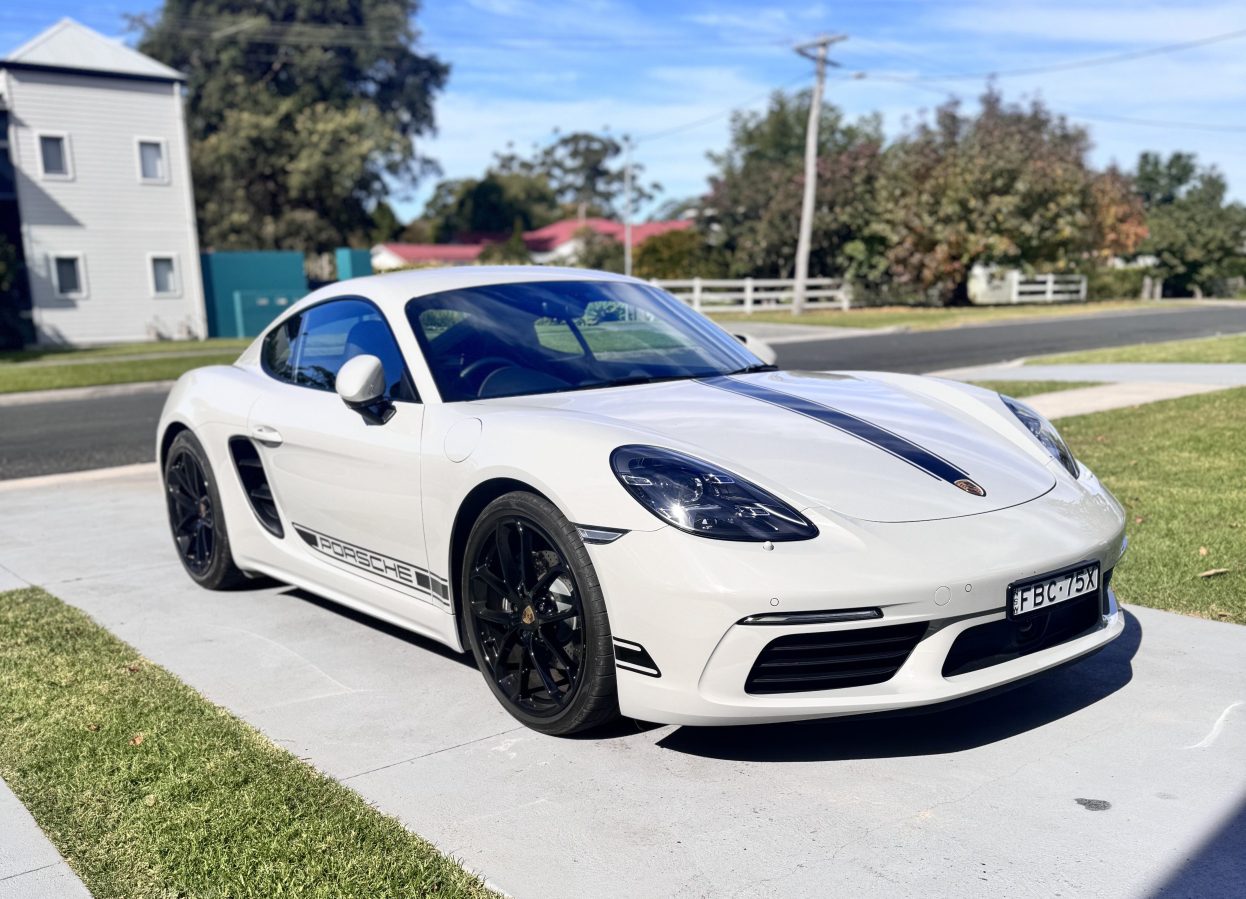Carving 229 kilometres of Tuscan mountain roads, Ferrari’s 830-horsepower 12Cilindri Spider – quite possibly the marque’s final unassisted V12 – proves the twelve-cylinder still thrills even as Ferrari’s electric era looms.
This story was featured in Issue 17 of Forbes Australia. Tap here to secure your copy.
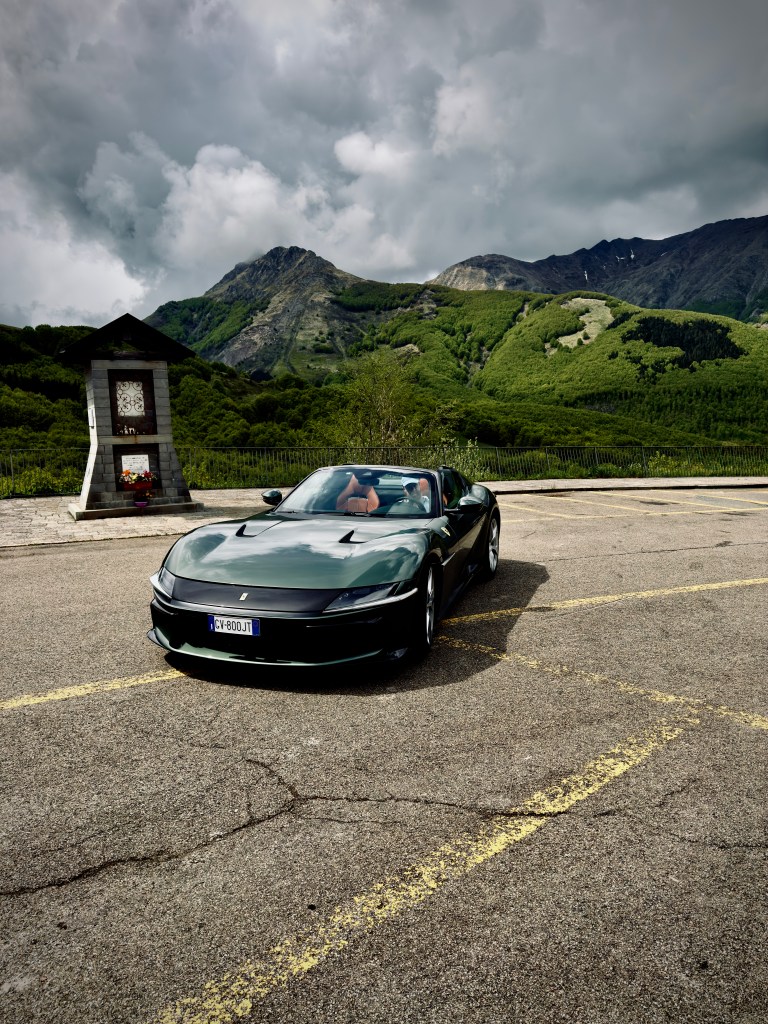
It wasn’t supposed to end like this – crawling through the streets of Maranello in what many speculate to be Ferrari’s final naturally aspirated V12 – lost, late, and surrounded by hundreds of tifosi pointing cameras at the $900,000 Spider as it idled at the lights. They weren’t here for me. They were here for the F50 legacy tour. But for a brief moment, the attention shifted.
The afternoon had been spent chasing corners through the Apennines, pushing the 12Cilindri harder than planned, and now the right gate to return it was nowhere in sight. It’s not the worst problem in the world, but when you’re in a Ferrari with the factory logo stitched into the headrests, every second in public feels like you’re on display.
“When you drive a Ferrari, you’re famous,” a Ferrari staffer says with a smirk as I finally pull into the iconic driveway. Car enthusiasts and photographers are still snapping away.
The car drawing all that attention was the 12Cilindri Spider, Ferrari’s latest and possibly last naturally aspirated V12. A front-engine grand tourer with styling cues that nod to the Daytona of the 1970s, it combines modern aero with a mechanical soul Ferrari has refused to let go of.
The V12 defined Maranello’s most important models for decades – from the 250 GTO to the F12. However, with the first fully electric Ferrari expected in 2025 and hybridisation becoming standard across the line-up, the 12Cilindri feels like a bookmark in the brand’s history – one last full-throttle statement before the transition begins in earnest.
Is it the last V12? Officially, no. But it might be the last unassisted one. And that makes it a lot more than a spec sheet.
“The V12 is an important factor in the company’s heritage and success. It is an engine we want to continue investing in and developing. We hope to be able to produce it also in the future.”
Ferrari
That statement reflects a wider context: regulatory pressure, not consumer demand, is what threatens the future of internal combustion.
While Ferrari has leaned into hybrid systems with models like the 296 and SF90, the 12Cilindri was kept deliberately free of electric assistance – an engineering choice to preserve character and performance.
Euro 7 regulations, expected to take effect in 2025, will impose stricter emissions standards across the European Union, but Ferrari says there have been no regulatory developments that would prohibit continued V12 production – and that is music to our ears.
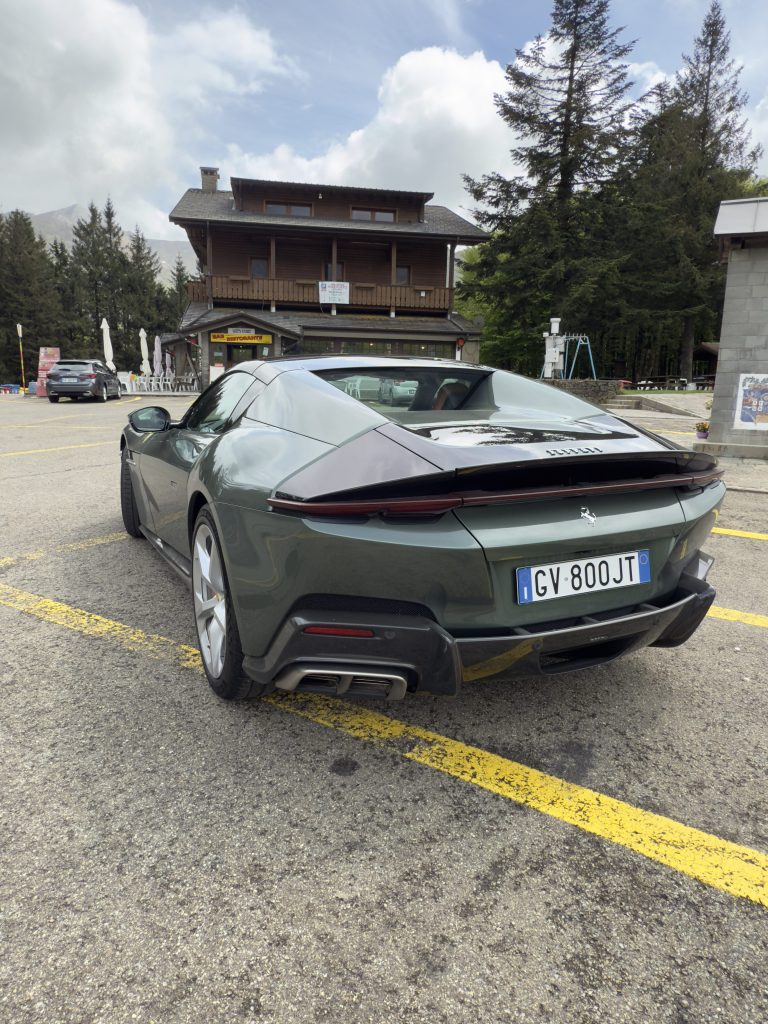
Perfecting the past
That context made the factory tour the day before feel even more pointed. Twenty-four hours earlier, I arrived at the gates of Ferrari’s headquarters in Maranello. Within moments, the cameras on my phone were taped over. No photos. No videos. No recordings. Once inside, the rules are clear: nothing leaves unless Ferrari wants it to.
That morning began with the factory tour, which ends – deliberately – next door to one of Ferrari’s most guarded departments: Classiche. Here, Andrea Modena and his team oversee restorations of some of the most iconic V12 Ferrari’s ever made.
Each vehicle undergoes detailed technical and aesthetic analysis: the chassis, engine, bodywork, interior, and all mechanical systems are assessed against original records and design documents
“There are some cars that are a little closer to our heart,” Modena tells me. “But we must treat them all with the same level of respect.”
Modena notes that many of today’s restorations are guided by original documentation – including handwritten notes and spec lists pulled from Ferrari’s own archive.
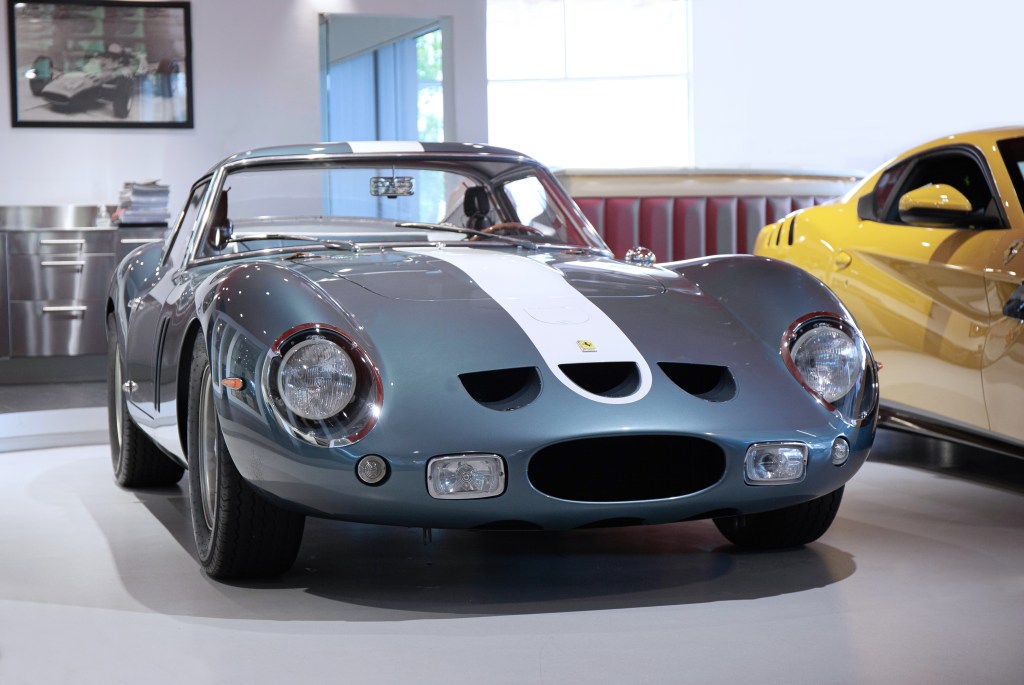
Asked whether he can already see which of today’s Ferraris will be worth restoring decades from now, he nods.
And what about newer Ferraris, with their heavy reliance on software and electronic systems? Modena doesn’t hesitate: “We are thinking ahead. With cars like the 296 and SF90, we are already producing core components for their future restoration. Just as we do today with mechanical parts, we will ensure the electronics are preserved – because our clients want to drive these cars for decades.”
After the tour, the keys are handed over.
The 12Cilindri Spider doesn’t need much introduction.
Front-engine, rear-wheel drive. Naturally aspirated. 830 horsepower. Redline at 9,500 rpm. Ferrari calls it a super tourer. That means it’s been engineered to be driven aggressively but comfortably, over distance.
The route they hand me loops across 229 kilometres of mountain road, sweeping through the Cisa Pass and down through Cerreto Laghi.
At low speeds, the 12Cilindri is calm – smooth throttle and easy steering. But once you push past 4,000 rpm, the sound tightens, and the delivery sharpens. Thanks to the eight-speed dual-clutch , gear changes snap in with no hesitation. It’s brutally quick but never twitchy.
There’s enough feedback through the wheel to make you trust it without overthinking.
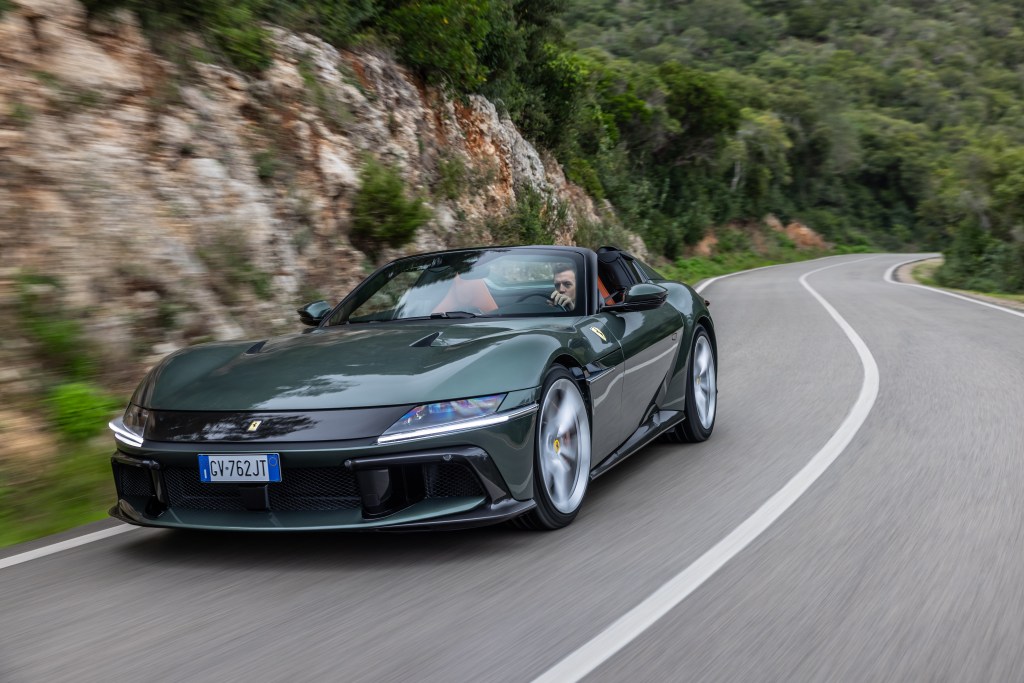
Eventually, the route winds back toward Maranello.
The car was due back at 4 pm. It’s late. As I approach the factory, the crowds swell – tifosi lining the streets for the F50 legacy tour. Instead, they catch a glimpse of something else.
Inside, Andrea Modena’s team at Classiche continues their work. Certified restorations, technical assessments, and archival comparisons – all done to ensure that when Ferrari’s V12 history is handed down, it holds up under scrutiny.
Despite much speculation, Ferrari refuses to say this is the end of the line for the naturally aspirated V12. But the 12Cilindri makes the argument clear: if this is the end of something, it wasn’t taken lightly.
An EV detour?
That passion for combustion is being felt not just on the road, but in Ferrari’s boardroom. While the company’s first all-electric model remains on schedule for a 2025 reveal and a 2026 delivery, insiders say plans for a second EV – originally set to launch in late 2026 – have been pushed back to 2028 at the earliest, after internal demand projections fell short.
Unlike the limited-run debut EV, the second model was meant to be a more typical Ferrari play: low-volume, high-performance, with around 5,000 units planned over five years. But sources suggest interest from Ferrari’s core customer base was close to zero. Weight, range, and the absence of a true engine note remain sticking points for buyers used to Maranello’s multisensory drama.
It’s not just a Ferrari issue. Lamborghini has delayed its first EV to 2029, Porsche has scaled back electric investment amid soft Taycan and Macan sales, and Maserati has scrapped an electric version of its MC20 altogether.
Ferrari’s long-term EV strategy will become clearer when it presents its updated investor roadmap in October – but for now, the future remains noisy, fast, and unapologetically fuelled.
Ferrari 12Cilindri Spider Specs
- Engine: 6.5L naturally aspirated V12
- Power: 830 hp
- Redline: 9,500 rpm
- Transmission: 8-speed dual-clutch
- 0-100 km/h: 2.9 seconds
- Top speed: 340 km/h
- Drive: Rear-wheel
- Price: $886,800 (plus on-road costs)
Look back on the week that was with hand-picked articles from Australia and around the world. Sign up to the Forbes Australia newsletter here or become a member here.



